After our great adventure helping Utah Development Co locate and measure their magnificent coal resources along the western edge of the Bowen Basin, Utah wanted to embark on metals exploration. Geologists were in great demand in those days so (against my wishes), they sent me to Brisbane to help them in metals exploration.
I soon decided this was not the job I wanted – I wanted to stay in coal or get a job like the investment analysis role I had held with Gold Fields in Sydney. But neither Judy nor I wanted to live anywhere south of Brisbane again. That narrowed the field to almost just one option – Mount Isa Mines Ltd, whose head office was in Brisbane.
So, I put together a great story of why MIM needed to hire a bloke like me with technical and financial smarts. I sent it to an MIM director in the Brisbane office, whom I had known and respected for his steady management at Mount Isa after the big strike. It got me an interview and in a couple of weeks, I had the job of ‘Business Analyst’ working in the Finance Department. It was the first time I had ever talked myself into a job that was not advertised.
Doing cash flow analysis was very laborious in those days – no Apple Computers, no Excel spreadsheets, no smart calculators – just big sheets of accounting paper, pencils, a small calculator, discount tables, and of course, a rubber (there were lots of erasures). And my poor secretary/typist used bottles and bottles of ‘white-out liquid’.
I often worked at weekends as there was never anyone else there and no interruptions. Once I brought our small son and his trike with me. He rode up and down the hallways. I was sitting at my desk, taking bits of paper from the in-tray and putting them in the out-tray when I noticed my son standing in the doorway watching. Suddenly he said, ‘Is this what you do Dad?’
That deflated my ego with a dash of reality. He had thought I did real work in a mine.
But both Judy and I loved the bush. We bought 160 acres of scrubby bush near Fernvale adjoining a national park filled with lantana, wait-a-while, and dingoes. Then, without any plans, approvals, electricity supply, or registered builders, we designed and built our own pole house. Using only an axe, chain saw, petrol-powered auger, crowbar, shovel, and a little old grey Fergy tractor, we built with second-hand corrugated iron walls and windows from demolition yards. Then we found and installed an old wood stove like my mother had.
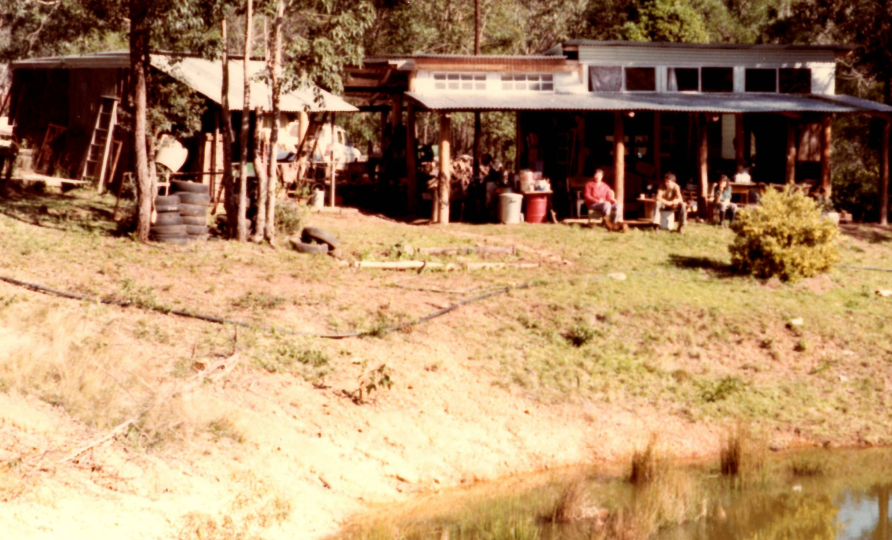
Our pole house nearing completion
One of my first jobs for MIM in about 1971 was evaluating a possible merger between the two coal companies at Collinsville and Scottville – this was achieved in 1972. Then we noticed that a West Australian Company, Griffin Coal, owned a new coal discovery at Newlands south of Collinsville. Cash flow valuation commenced, negotiations followed, and that deposit was purchased and later developed. I thought we paid too much for it but everyone overpaid in those halcyon days.
During the investigations into what would need to be done to develop Newlands Coal, I remember a conversation with the MIM Manager at Collinsville. I asked would we need to improve the road south from Collinsville to Newlands. His answer: ‘Hell no Viv, we want none of the Collinsville mob infecting this new mine. If I had my way I would destroy the culverts and corduroy the road to keep those trouble-makers out of Newlands.’
Today, Greenpeace worries politicians and children with global warming scare stories. In those days it was the Club of Rome shouting about running out of mineral resources. Their catch cry was ‘Peak Oil’ and key MIM directors fell for it. ‘Oil from Coal’ became as popular as today’s nonsense – ‘Carbon Capture and Storage’. I quoted them a sane opinion from a US oil man who said, ‘Oil from coal will be economic at $15 above the current price of oil, no matter what’s the current price of oil.’ But the new mania spread. MIM became coal-mad, joining with Thiess in various ventures. Wandoan Coal was targeted for oil from coal.
Many of the projects I was asked to evaluate in those days did not stack up. My sober cash flow analyses were not appreciated, and ‘imaginative’ financing and the strength of that great silver-lead-zinc-copper mine at Mt Isa won out over my cautious objections.
One of the projects purchased and developed by MIM in those exuberant times was Oakey Creek coal.
I remember the great new financing gimmick of that era was ‘non-recourse finance’ – ie if the mine goes broke, those who financed the new project cannot sue the ultimate owners. I was giving lectures on mining investment analysis to the Brisbane Stock Exchange at the time and I thought ‘Oakey Creek financing may test that non-recourse principle’.
My boss, who shared my scepticism, was bypassed for the top job at MIM, so he resigned and joined CRA. Not long after (and for the first time in my life) I got fired and found myself doing odd jobs around our house on Swann Road Taringa. But that turned out to be a great blessing for the Forbes family (well disguised at the time).
That MIM coal venture went broke, but I never looked into how it all panned out and who was left holding the bag – but someone lost big dollars. The great Mount Isa Mines Ltd had been for a short while the biggest listed public company in Australia. This coal misadventure and growing shareholder unrest so weakened MIM that Xstrata managed to grab the company in 2003. Xstrata then merged with Glencore in 2013. This once-revered company built by Julius Kruttschnitt, George Fisher, and Jim Foots was gone.
Other coal predators soon prowled the central Queensland coalfields including (in alphabetic order): AMCI, Anglo, CRA, CSR, Ludwig, MacArthur Coal, Mitsubishi, Mitsui, Peabody, Portman, Q Coal, Shell, Sojitz, Sumitomo, Vale, Westfarmers, White Industries and more.
The sugar giant, CSR, seemed to chase every new investment bauble and decided to grab the assets that Thiess Brothers had built. It turned into a fierce financial battle with MIM trying to help Thiess but CSR won the Thiess coal assets at Moura, Callide, and South Blackwater.
One of them, the South Blackwater Coal Mine, turned into a poisoned chalice for CSR.
The Queensland government vultures also came along demanding their booty from all the coal companies. I spent ages battling Queensland government officials over excessive rail freight, increased royalties, and soaring port charges.
Queensland was then governed by a coalition of the National Party run by Premier Joh Bjelke-Petersen and the Liberal Party headed by Gordon Chalk. The Queensland Treasury, run by Sir Leo Hielscher, answered to Chalk.
Utah had funded the Goonyella rail track and rolling stock, handed it over to the State government, and then paid a rail freight to cover operating costs and to create a sinking fund to replace the infrastructure at some date in the future. Utah effectively paid twice for the same railway. A handy hollow log for the State Treasury.
When Utah’s big gamble and large investment in Bowen Basin coal started making profits the State government saw an opportunity. They ignored their own Central Queensland Coal Associates Act, jacked up the rail freights, and suggested that Utah should break their sales contract with the Japanese steel mills, and pass on the increase.
About this time the Commonwealth government (Rex Connor) also introduced a coal export levy of $6 per tonne. These grabs so shocked Japanese steel mills that they diverted investment into competitive coal export ports at Richards Bay in South Africa and Roberts Banks in Canada. They also invested in Colombian coal.
And then Queensland Government decided to kill the Utah goose to get all the Golden eggs at once. They levied a special tax on Utah. This tax delayed the development of Saraji and Norwich Park by 3 years, and Daunia by many years.
Today’s Rex Connor (Queensland Treasurer Cameron Dick) has presided over a huge increase in coal royalties in Queensland. The Palaszczuk government will grab billions from coal exporters and then waste all of it (plus more) on closing coal-fired power stations and mollycoddling ‘clean’ energy projects. Naturally, their Green Party mates are ecstatic about the coal royalty rip-off because they dream of the day when they have shut all of our coal mines and power stations.
Another big predator, BHP, stalked the Utah coal assets. Utah merged with General Electric in 1976 and the new entity was purchased by BHP in 1984. The big Australian thus came to own the greatest coal assets in the Bowen Basin. Their new assets were not always well managed and their distant management style allowed militant coal mining unions to grow more powerful. This opened the coal fields to contract miners.
Meanwhile, at Mt Goldsworthy in the rusty Hamersley Ranges, Utah Development Co was also playing a key role in the development of Australia’s first iron export mine. And Lang Hancock was showing Tom Price from Rio Tinto the magnificent iron ore that Lang had discovered at Mt Hamersley.
Judy and I also got more involved in politics – we both stood as election candidates for the Workers Party and later the Progress Party. We think some of our families voted for us, but we did not get elected, thank goodness. One of the results of that radical adventure was that we got to know Lang Hancock and his partner Peter Wright. Those contacts led to new adventures in the great Bowen Basin.
Disclosure: Viv Forbes has no vested interests in any coal companies.
Got something to add? Join the discussion and comment below.
Get 10 issues for just $10
Subscribe to The Spectator Australia today for the next 10 magazine issues, plus full online access, for just $10.

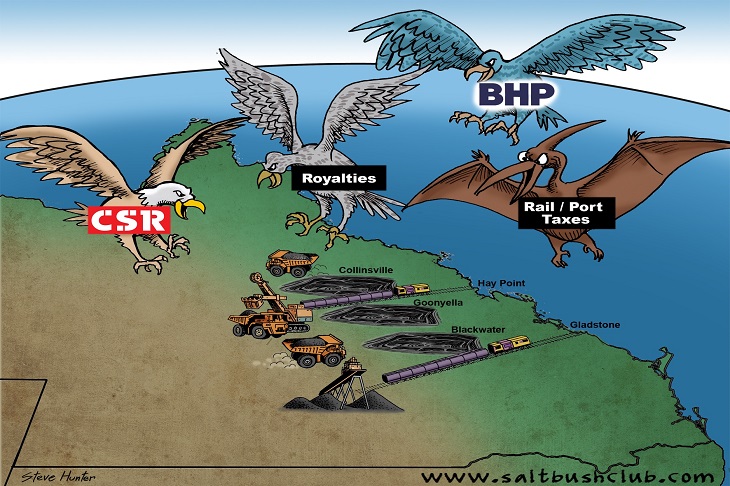
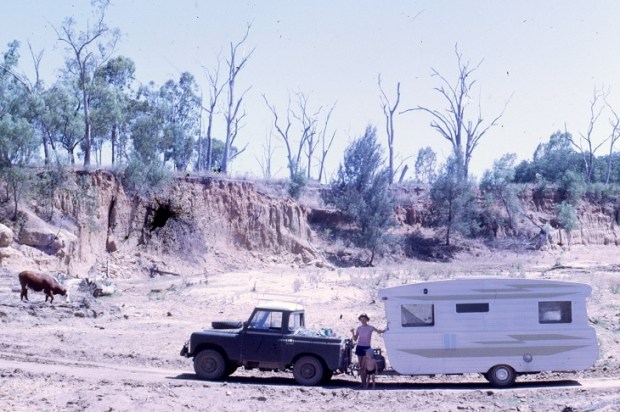
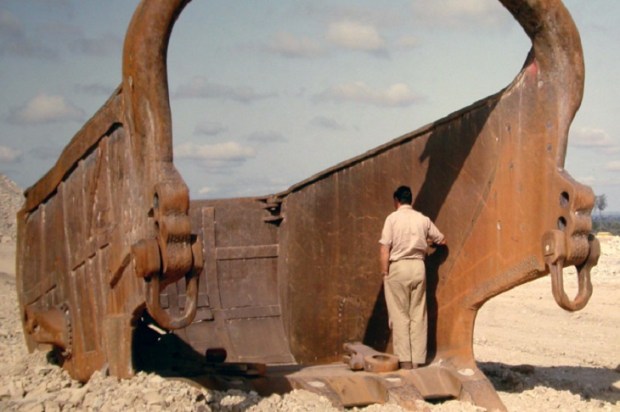
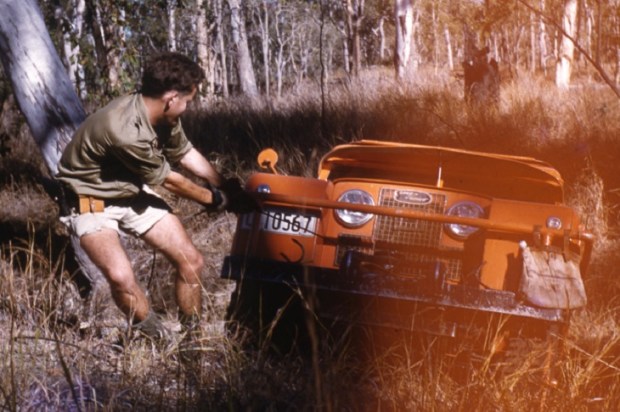
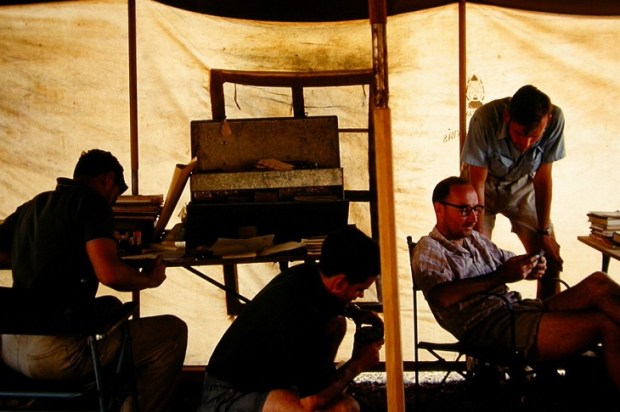
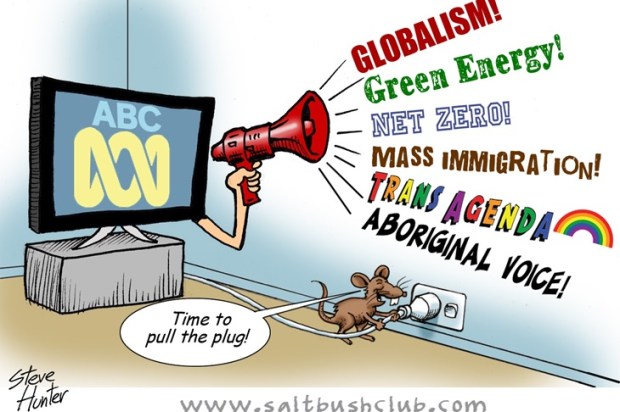







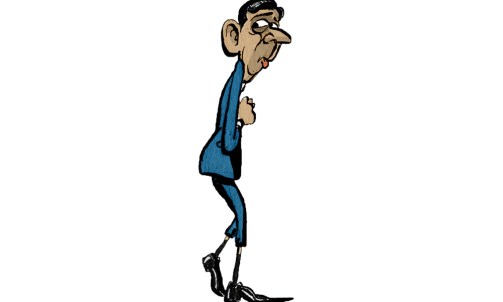
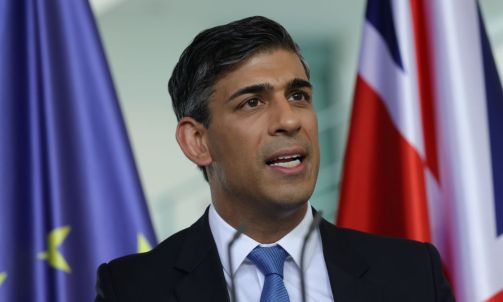
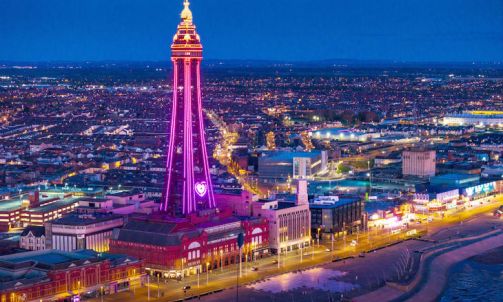


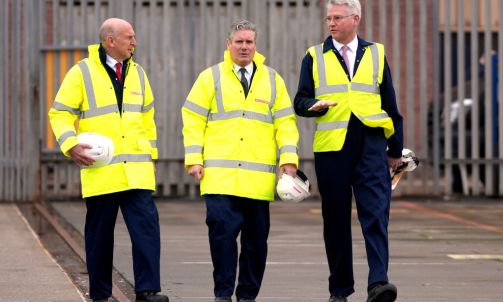






Comments
Don't miss out
Join the conversation with other Spectator Australia readers. Subscribe to leave a comment.
SUBSCRIBEAlready a subscriber? Log in